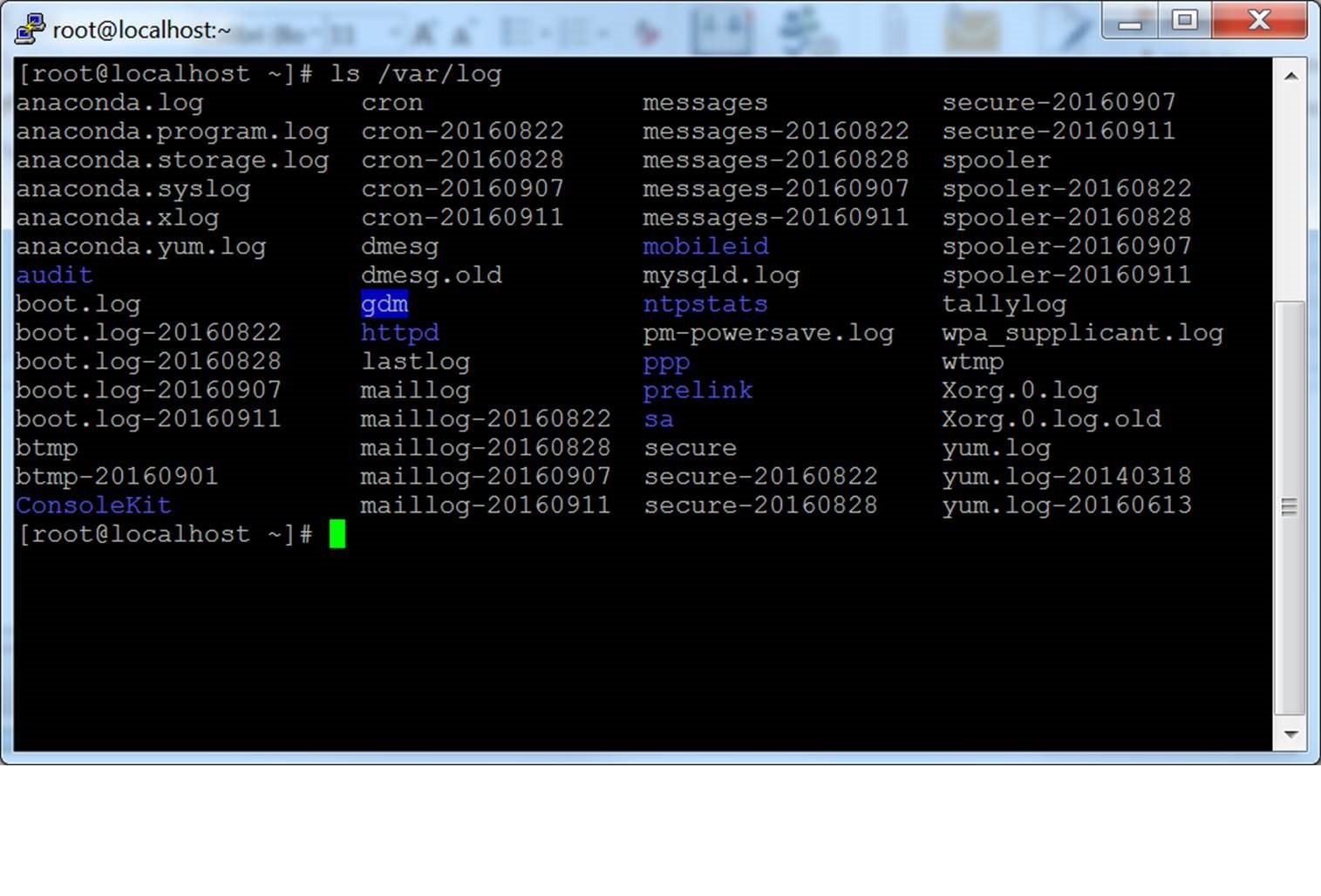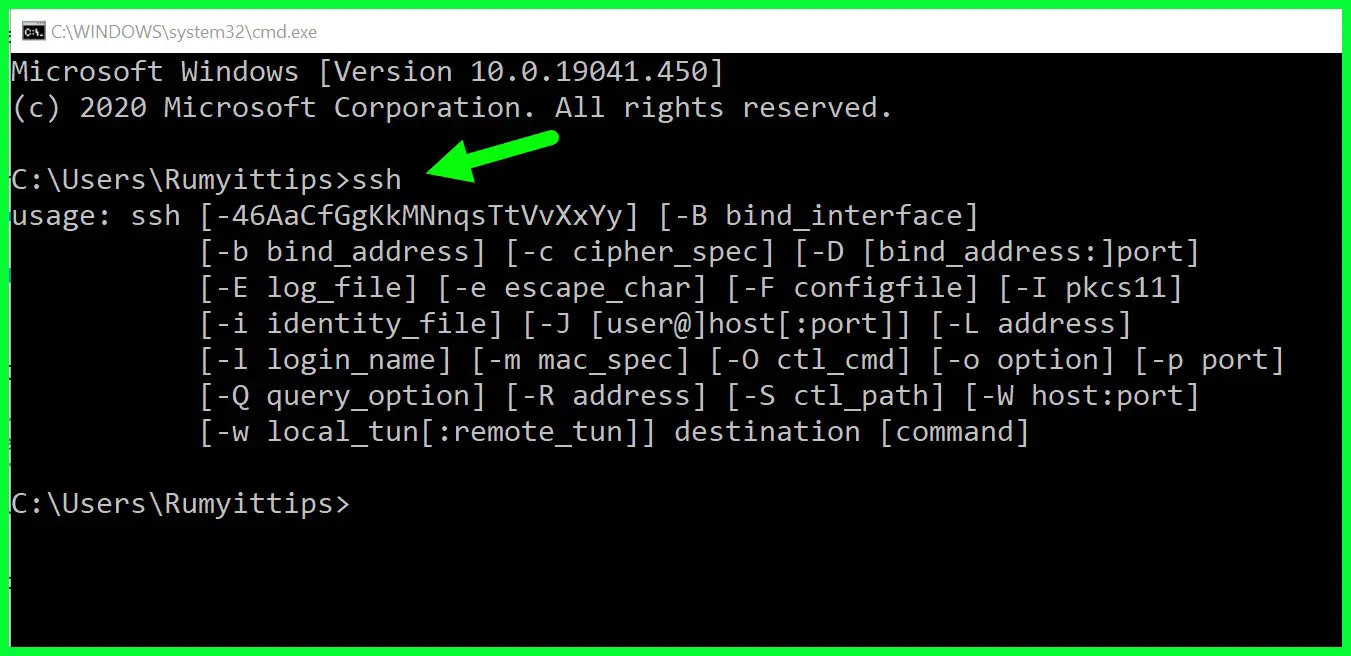Could you imagine controlling your devices from anywhere in the world, while keeping your data safe and sound? This is the promise of RemoteIoT VPC SSH Raspberry Pi, and it's more accessible than you might think. Setting up a secure remote computing environment is no longer a luxury, but a vital skill in today's increasingly connected world.
This comprehensive guide delves into the intricacies of RemoteIoT VPC SSH Raspberry Pi, providing a clear roadmap for both seasoned tech enthusiasts and newcomers alike. We'll navigate the practical steps involved in configuring a Raspberry Pi for remote access using Secure Shell (SSH), and explore the crucial role of a Virtual Private Cloud (VPC) in bolstering security. Beyond the technical setup, we will address the ethical and legal considerations surrounding the use of free software, ensuring your practices align with industry best practices.
| Feature | Description | Details |
| Remote Access | Ability to control and manage devices from a distant location. | Connect to your Raspberry Pi from anywhere with an internet connection. |
| SSH (Secure Shell) | A secure protocol for remote access and management. | Provides encrypted communication, protecting your data. |
| VPC (Virtual Private Cloud) | Creates an isolated and secure network environment. | Enhances security by limiting access and protecting your network. |
| Raspberry Pi | A low-cost, versatile single-board computer. | Acts as the central hub for your remote access setup. |
| Windows 10 Free Files | Access to Windows 10 software, available legally. | Provided through official Microsoft channels for educational and testing purposes. |
This guide aims to empower you with the knowledge and tools necessary to set up a resilient remote computing environment, opening doors to exciting possibilities in home automation, industrial monitoring, and beyond. You'll be equipped to access your Raspberry Pi remotely, download essential software legally, and implement crucial security measures to safeguard your digital assets.
- Explore Jey Usos Journey From Wwe Star To Family Man
- Remembering A Murdoch Mysteries Star The Legacy After Cancer
The journey begins with understanding the foundation: the Raspberry Pi itself. This pocket-sized computer, renowned for its affordability and versatility, serves as the core of our remote computing setup. With its ability to run various operating systems and connect to the internet, the Raspberry Pi provides the perfect platform for managing devices from afar. Imagine the convenience of accessing your home server, controlling your smart home devices, or monitoring sensors in a remote location, all from the comfort of your desk.
Before you can begin, you need to have the correct configuration on your Raspberry Pi. This essential step forms the groundwork for our entire operation. It starts with installing the operating system, a process that involves using an imaging tool to transfer the OS onto an SD card. Then, we'll configure the network settings, establishing a vital link to the internet. Finally, we ensure all the hardware components are working together, paving the way for seamless communication and control. This simple yet essential process lays the foundation for all the steps that follow. The right setup is the key to unlocking the full potential of your remote computing environment.
The Path to Remote Access
Once your Raspberry Pi is up and running, the next crucial step is configuring Secure Shell (SSH). SSH acts as the secure gateway, facilitating a protected connection between your device and the outside world. By enabling SSH, you effectively open a secure channel, allowing you to remotely access and manage your Raspberry Pi. This allows you to securely access the command line, transfer files, and execute commands, all from a remote location.
- Morgan Wallen Lyrics Quotes Unforgettable Lines Meanings
- Matthew Gray Gubler Taylor Swift Whats The Connection
- Open the Raspberry Pi Configuration tool.
- Navigate to the "Interfacing Options" menu.
- Select "SSH" and choose "Enable."
- Reboot your Raspberry Pi.
With these simple steps, you are taking the first step toward securing remote access. After enabling SSH, you can use a dedicated SSH client like PuTTY or the Terminal on your computer to connect to your Raspberry Pi. Be sure to note your Raspberry Pi's IP address and remember the username and password. Once connected, you can issue commands, check system status, and transfer files, all remotely and securely.
Fortifying Your Fortress
While SSH provides a secure channel for communication, implementing a Virtual Private Cloud (VPC) takes security to the next level. A VPC essentially creates an isolated, private network within a public cloud infrastructure. This isolation offers significant advantages. Instead of exposing your Raspberry Pi directly to the public internet, you place it within a virtual network, allowing only authorized users to access it. This means that you control who can connect to your device and what they can do.
- Create an account with a cloud service provider (e.g., AWS, Google Cloud).
- Set up a VPC within your chosen cloud environment.
- Assign a static IP address to your Raspberry Pi within the VPC.
- Configure firewall rules.
Setting up a VPC is an investment in long-term security. By restricting access to specific IP addresses, you can control who can access your Raspberry Pi. This isolation reduces the chances of unauthorized access and protects your data from potential threats. Whether it's managing your home automation system or monitoring critical data from a remote sensor, a VPC provides a robust layer of protection, ensuring peace of mind. The VPC acts as a shield, preventing unauthorized access and safeguarding your digital assets.
Unveiling RemoteIoT
The concept of RemoteIoT is driving a revolution in the way we interact with technology. It merges the power of remote computing with the capabilities of IoT devices. It allows you to control and monitor any IoT device from any location with an internet connection. Imagine controlling the temperature of your house or getting real-time data from a factory sensor all while relaxing thousands of miles away.
RemoteIoT is transforming industries, from smart homes to industrial automation. In smart homes, it enables the remote control of lights, thermostats, and security systems. In industrial automation, it allows companies to monitor and control equipment from a central location, reducing downtime and increasing efficiency. RemoteIoT is not just a trend; it's a paradigm shift, creating new possibilities and pushing the boundaries of what's possible.
The beauty of RemoteIoT lies in its flexibility. It can be applied to a wide range of applications. From simple home automation projects to complex industrial control systems, RemoteIoT empowers users to interact with devices seamlessly. Whether you're a tech enthusiast looking to create a smart home or a professional seeking to optimize industrial processes, RemoteIoT offers a path to greater control, efficiency, and convenience.
Legal and Ethical Downloading of Windows 10 Free Files
The ability to access Windows 10 files for free is a valuable resource, especially for educational purposes, testing, or even just exploring the capabilities of the operating system. Thankfully, Microsoft provides a legal pathway to obtain these files through official channels, allowing you to do so without violating any copyright laws. It's important to understand the legal framework to stay in compliance with industry standards.
- Visit the official Microsoft website and navigate to the "Download Windows 10" section.
- Select the appropriate version of Windows 10 for your needs.
- Follow the on-screen instructions to download and install the software.
- Ensure you comply with all licensing agreements and legal requirements.
By sticking to these straightforward steps, you can securely download Windows 10 files legally and without any worries. Remember to review the terms of service and licensing agreements. Staying informed ensures you're fully aware of any restrictions regarding usage. This allows you to leverage the benefits of Windows 10 in a compliant and responsible manner. Legal and ethical considerations are paramount. Understanding the licensing agreements ensures you comply with all legal requirements.
Best Practices
Security is paramount in RemoteIoT VPC SSH Raspberry Pi setups. Implementing best practices ensures your system remains robust against threats, safeguarding your data and maintaining the integrity of your devices. Taking proactive steps helps to create a secure and reliable remote computing environment.
- Use strong, unique passwords.
- Enable two-factor authentication (2FA).
- Regularly update your software and firmware.
- Monitor network activity.
Using strong, unique passwords is your first line of defense. Ensure that each password is complex, hard to guess, and not used for any other service. Two-factor authentication adds an extra layer of security. The practice of routinely updating your software and firmware is also essential. This proactive measure keeps your system patched against known vulnerabilities. Consistent monitoring helps identify unusual patterns. If you spot any suspicious activity, you can address it before it causes damage. By implementing these security measures, you can build a solid foundation for protecting your remote computing setup.
Tackling Common Issues
Even with careful setup, you might encounter occasional issues. This section will address common problems, providing solutions to keep your remote computing experience running smoothly.
- Problem: Unable to connect via SSH.
- Solution: Verify that SSH is enabled, and double-check your network settings. Ensure you have the correct IP address and that your firewall is not blocking SSH traffic (port 22).
- Problem: VPC configuration errors.
- Solution: Double-check your firewall rules. Confirm that IP assignments are correct and that the VPC is properly configured within your chosen cloud provider (e.g., AWS, Google Cloud).
- Problem: Slow connection speeds.
- Solution: Optimize your network settings. Consider upgrading your internet plan or experimenting with different SSH settings (e.g., compression) to improve performance.
Being prepared to troubleshoot is crucial. These solutions provide a starting point for resolving common challenges. If you're unable to connect via SSH, verify that SSH is enabled and that you have the correct IP address and firewall rules. If you're facing VPC configuration issues, double-check your firewall rules and ensure proper IP assignment. If connection speeds are slow, optimize your network settings or consider upgrading your internet plan. With proactive troubleshooting, you can resolve issues quickly and ensure a smooth remote computing experience.
Ethical and Legal Considerations
When working with RemoteIoT VPC SSH Raspberry Pi and downloading free files, ethical and legal considerations are critical. Respecting intellectual property rights and adhering to legal guidelines ensures you comply with industry standards. Prioritizing ethical computing practices guarantees responsible data handling and protects your reputation. Responsible computing helps maintain trust and integrity.
Always respect intellectual property rights. Be mindful of licensing agreements. Stay within the boundaries of the law and avoid any actions that might be unethical. Engaging in responsible practices helps foster a trustworthy environment. Protecting the integrity of the system is paramount. Understanding the legal implications of your actions ensures your setup aligns with ethical and legal standards.
The aim is to build a system that is both powerful and responsible. Understanding and adhering to these principles safeguards your work. It also promotes a digital environment based on respect, integrity, and compliance.
- Katt Williams Biography Net Worth Comedy Career Insights Latest News
- Karen Grassles Marriages Life Behind The Scenes Secrets

